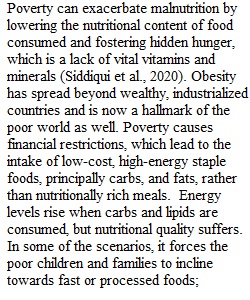


Q Part 1 will include the following: Worth 25 possible points 1. Statement of problem - This will be 1-2 paragraphs including why your issue is a problem for children and families, how it impacts them and why it is important to solve. All terms need to be defined. Your problem statement needs to include statistics and/or citations that support why this issue is a problem. Make sure to include revisions needed from your Problem Statement Assignment 2. Your objective – State what you feel needs to be done to solve this issue? This will be a short paragraph. 3. Long term goal - State one goal that you see as a long term solution to this issue. This will be 1- 2 sentences. This goal will be what your Advocacy Actions are working toward. 4. Advocacy Actions – List two (2) specific activities you will complete this semester to help solve your issue. Explain how they will help to achieve your long term goal & solve your issue. Your Advocacy Actions must meet requirements in the Advocacy Action Ideas list on our class Canvas page. 5. List any help with resources that you might need. See the Rubric below for grading criteria. Additional information in Advocacy Plan You can also refer back to the lecture powerpoints where we talked about each of these. PreviousNext
View Related Questions